Montessori and Neuroscience
When I was teaching in Public Montessori School, I had to get my master's degree in order to maintain my teaching certification. I looked at options and discovered the Mind, Brain, Education program at Harvard. Harvard was a two hour drive away from me, I was teaching so I couldn't go full time, and, you know, it's Harvard so would I even get in? But, once I learned about the program, I couldn't bring myself to study anything else. So, I took introductory courses through Harvard Extension School, got totally hooked, and ultimately completed my master's degree with studies immersed on that topic.
What I found is that research is almost completely aligned with the Montessori teachings. When it is done authentically, there is nothing better for the developing child. Yes!
In this video, I highlight some key understandings we have about the brain and how they mesh with the Montessori pedagogy. The biggest thing to keep in mind is that Montessori actually means "scientific pedagogy." It's not a guru model. It is the scientific method applied to education.
Here are some of the key points.
The brain is always changing based on both genetics and experience. What this means is that education physically changes the brain...but so does anything we do repeatedly. We grow connections specifically for things we do again and again. We prune away connections that are underused. So, if you want to be good at anything, repetition is key.

Of course, young children may not need to repeat something as often as we older folks do because they are in a developmental period of effortless plasticity. As we age, our brain still retains its ability to change, but it requires more and more effort to do so the older we get. Don't get discouraged! If you have some unskillful patterns you'd like to rewire, you can do it! You just need persistence (social support can be essential for this reason).

The good news is that as our connections get stronger, they also get more efficient. This means we use less brain real estate to do a task once we're good at it. While our cognitive capacity has limits, we can free up cognitive resources as we master new skills/concepts.
If you really want to boost your potential to grow strong connections, you need to get moving. Exercise is both neuroprotective and neuroregenerative. This is one of the reasons why Dr. Montessori wrapped movement into everything. So, pay attention to how much physical activity you and your students are getting.
Paying attention is super important for learning. In fact, we can help our students learn by putting our attention on what we want them to pay attention to. If we are always focusing on the mischievous things happening in class, they will be focused on that too. If we, on the other hand, stay focused on our presentations without fail, this will boost there ability to focus on their work. Joint attention increases overall attention. Very cool.
Attention, of course, is part of executive functions. When we offer the children freedom with limits, we help them build their executive function abilities. The children don't arrive with the ability to inhibit unskillful actions, keep track of lots of details in their working memory, or have flexibility in their thinking/planning. Those are things that develops dramatically between the ages of 3 to 6. So, reasonable expectations, consistent routines, and clear boundaries enforced with a light touch and sense of humor are essential for optimal development.

Having a light touch is especially important in light of the research on stress. Acute stress decreases activity in our prefontal (higher thinking) brain areas. If we want to support learning, we have to be careful not to be triggering stress responses in others. Fortunately, strong relationships buffer stress. This means that while some of us may be easily triggered by certain things, that can diminish over time as our relationships deepen. So, be sure to relax and enjoy the company of the others you are with. Build friendships with your students and their families.

Sometimes we think we should keep our relationships/emotions out of the learning environment. This is actually not at all possible and not helpful because learning and emotion go hand in hand. In fact, executive function development is intertwined with emotional development. They go together like peanut butter and jelly.
This connection between cognition and emotion is one of the many reasons that learning thrives amidst positivity. We are working to overcome our negativity bias but it takes a lot more positive experiences to balance out the negative ones. Because of this, we need to make a conscious effort to reframe our negative thoughts into positive ones.
Take the example of dyslexia. Some people are very upset to learn that their student or child has dyslexia. But, did you know that there are an inordinate number of Nobel laureates who have severe dyslexia? Rosalie Fink (1999) researched this question and found out that the reason they could succeed in reading intensive fields is because they were so interested in the subject matter. One of our main goals as guides is to inspire our students to follow their interests. When they are really pumped up about something, they can climb mountains to get there.

You can hear more about all of these topics and some others in the video. Let me know if you have ideas, comments, or stories of your own to add to this conversation. Now take this knowledge out there and make the world a better place!
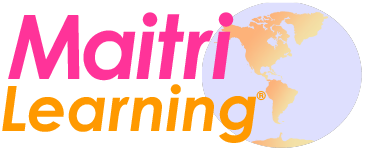
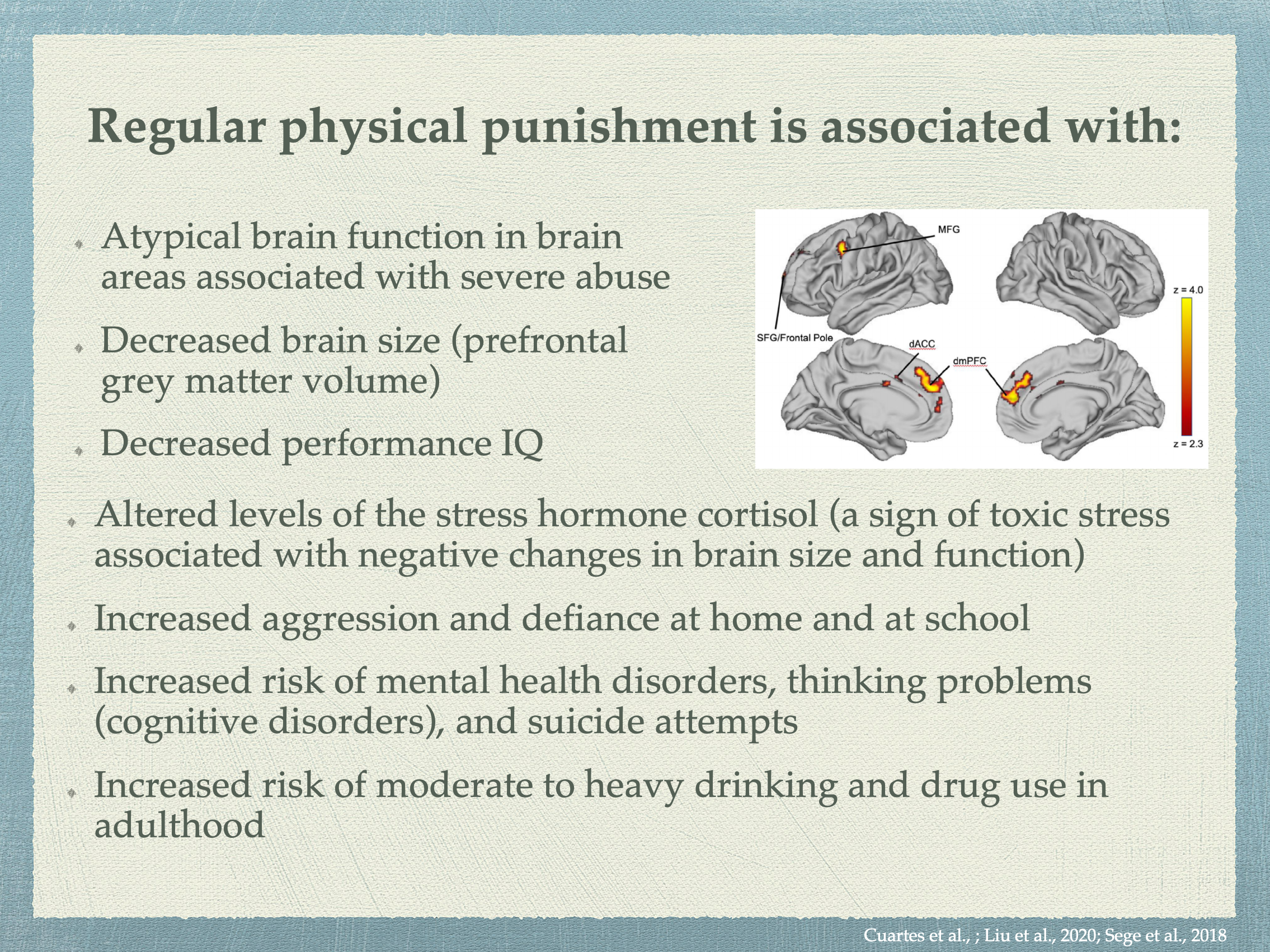


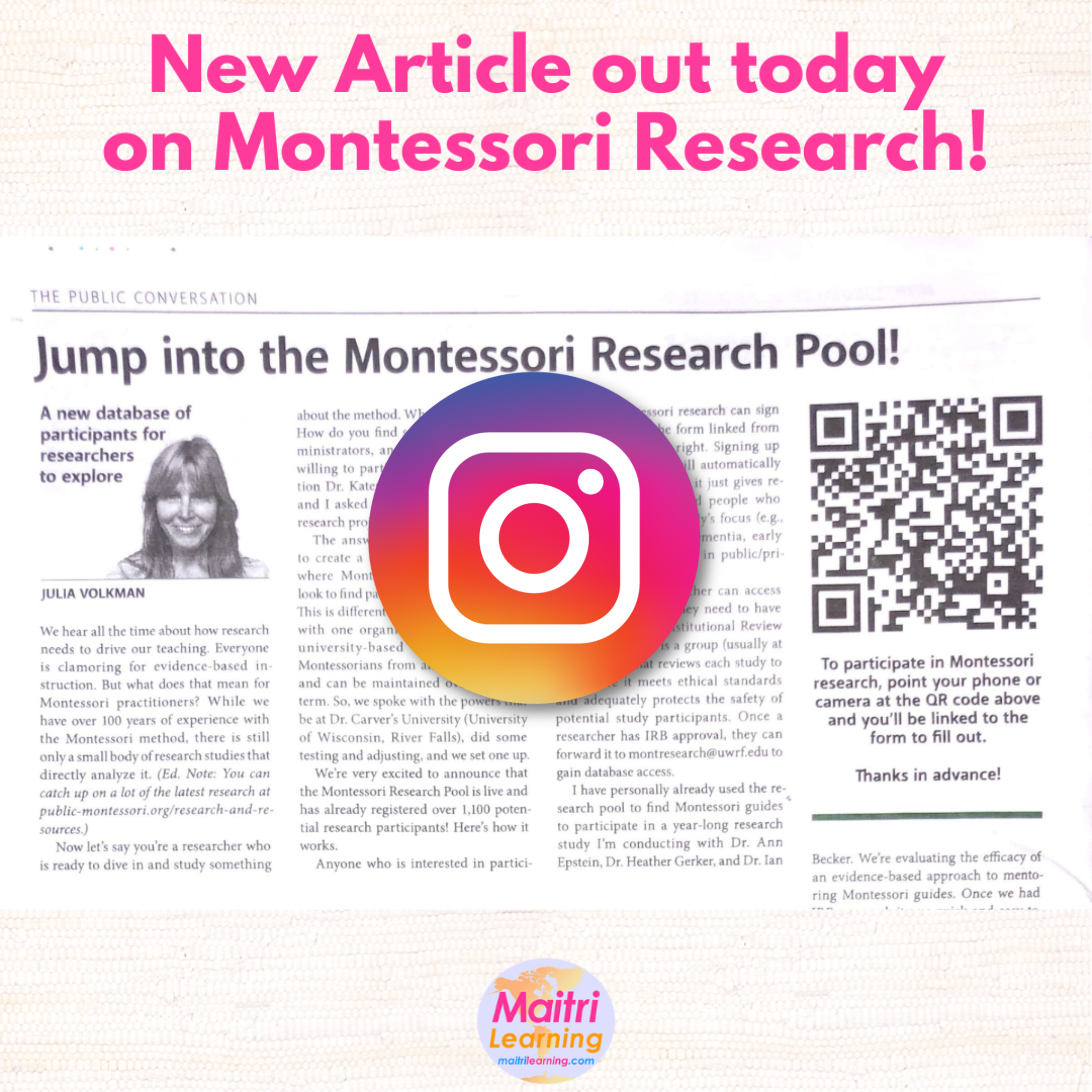
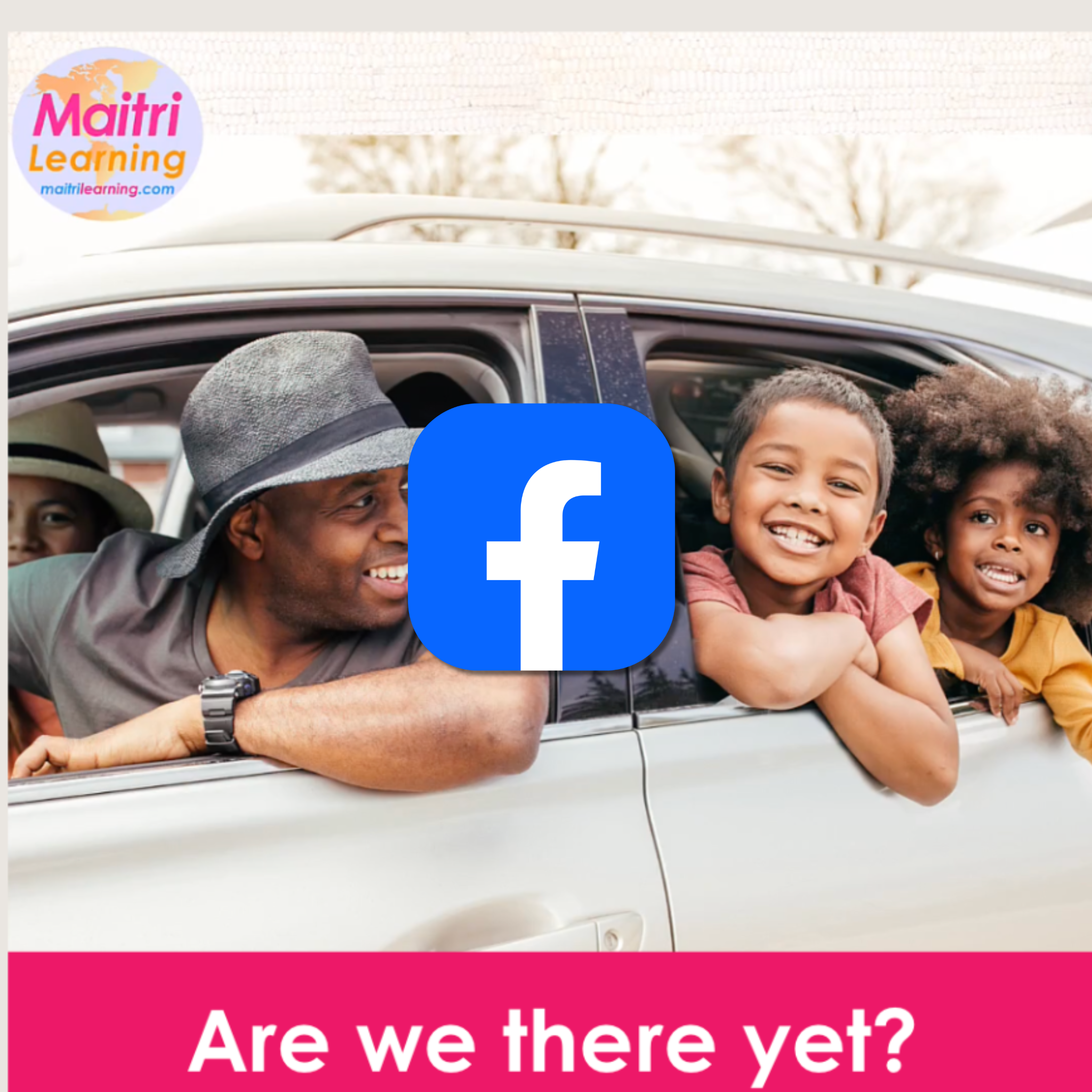
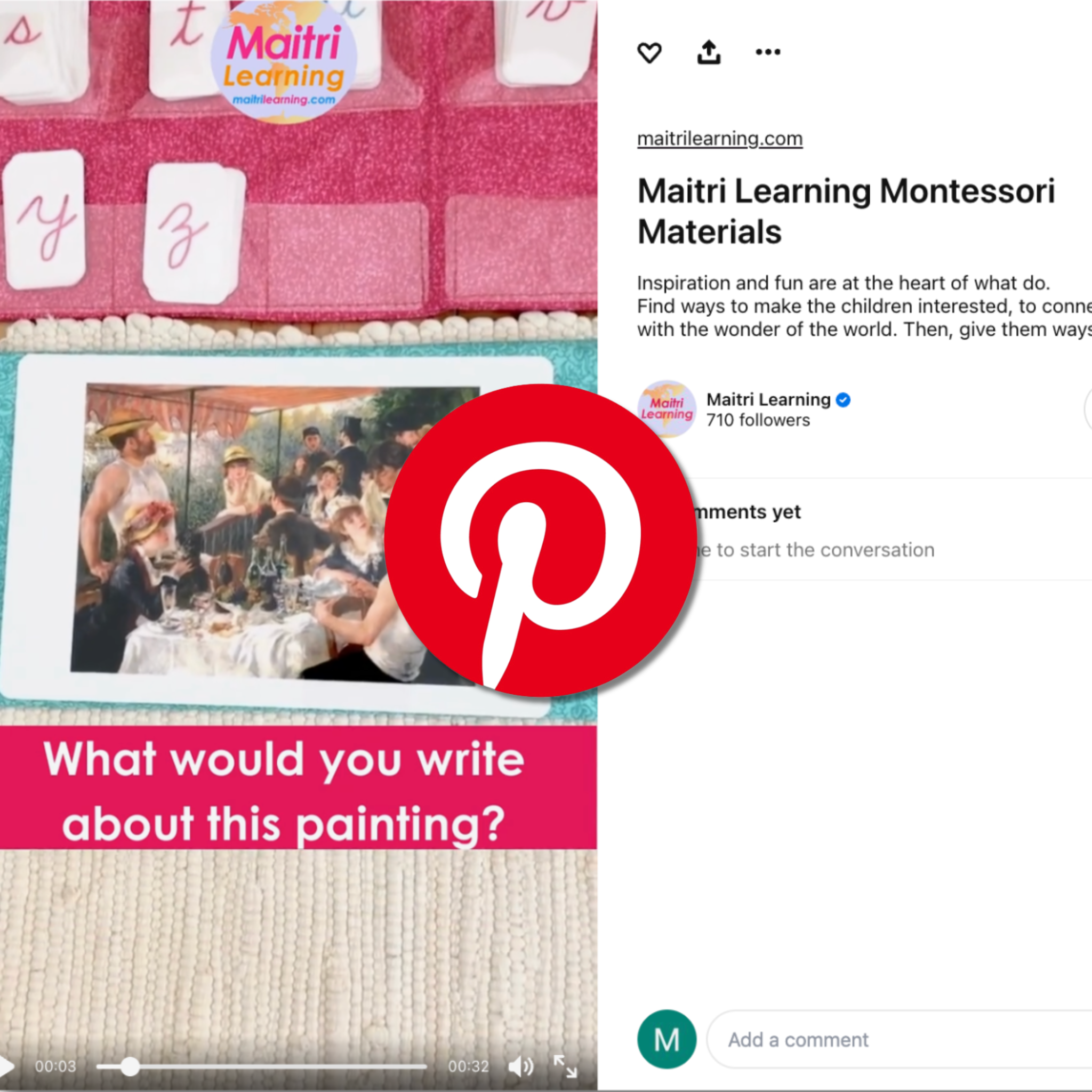
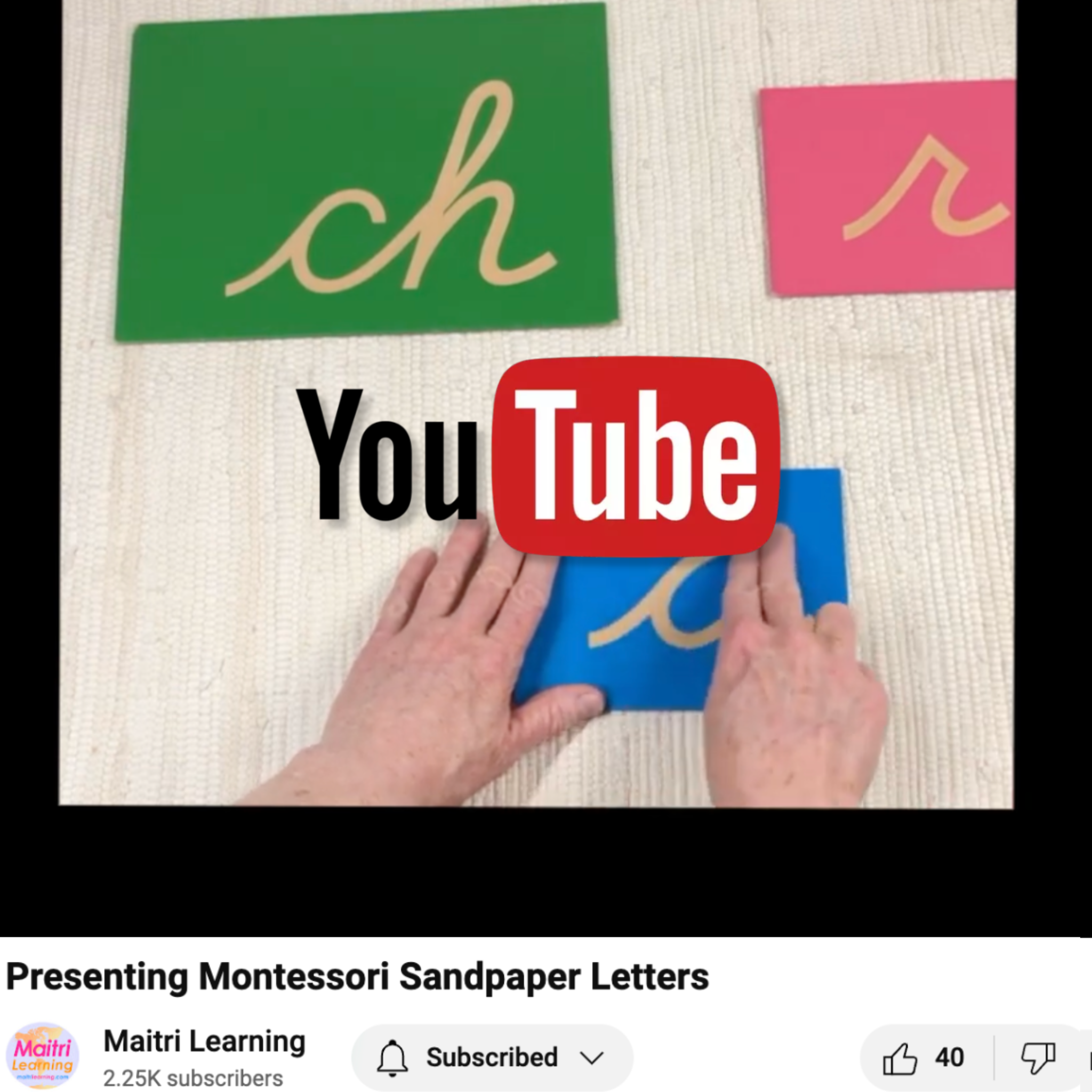
2 comments
@Alvaro: Manipulating objects (also called haptic or proprioceptive experience) is great for the brain, especially the developing brain. That’s why in early childhood Montessori classrooms, we don’t recommend the use of computers; the children need experience working in three-dimensions before moving to flat, two-dimensional screens. I recommend you go to scholar.google.com and search for haptic object experience to learn more. Good luck!
Julia Volkman
I´ve read that taking spatial rich courses (maps, town design,etc) influences the learning in verbal reasoning courses. Could the manipulation of objects (different sizes and forms) be considered a rich spatialize activity?
Alvaro Cedeno-Gomez
Leave a comment
This site is protected by hCaptcha and the hCaptcha Privacy Policy and Terms of Service apply.